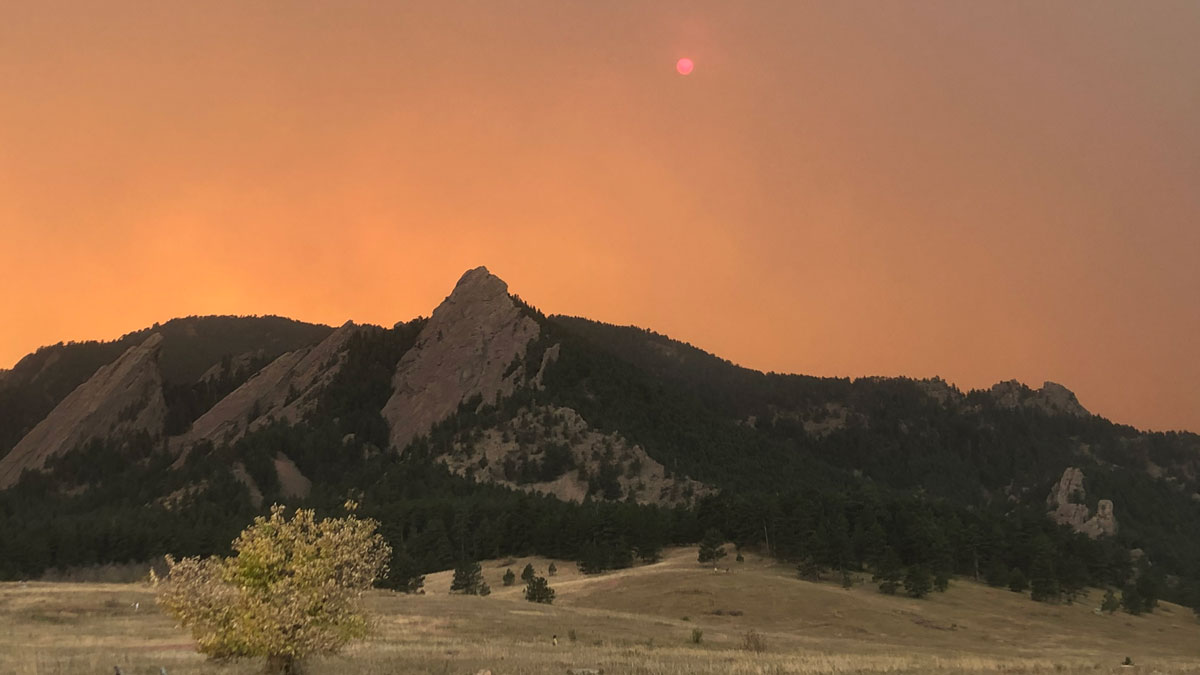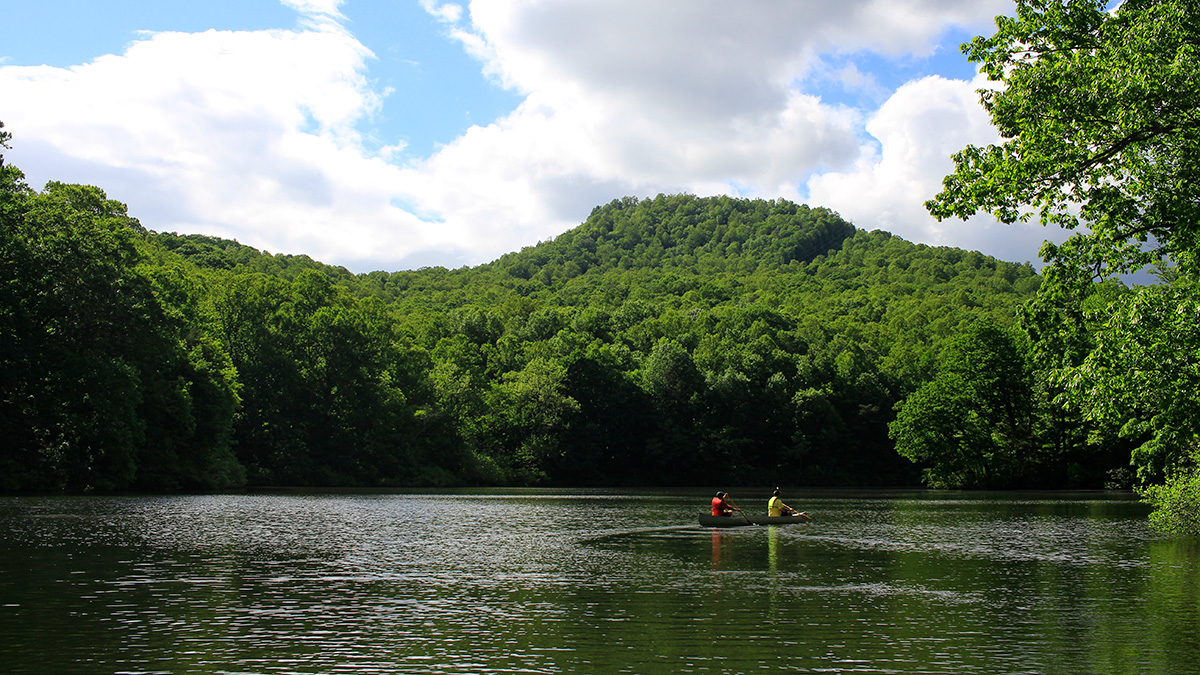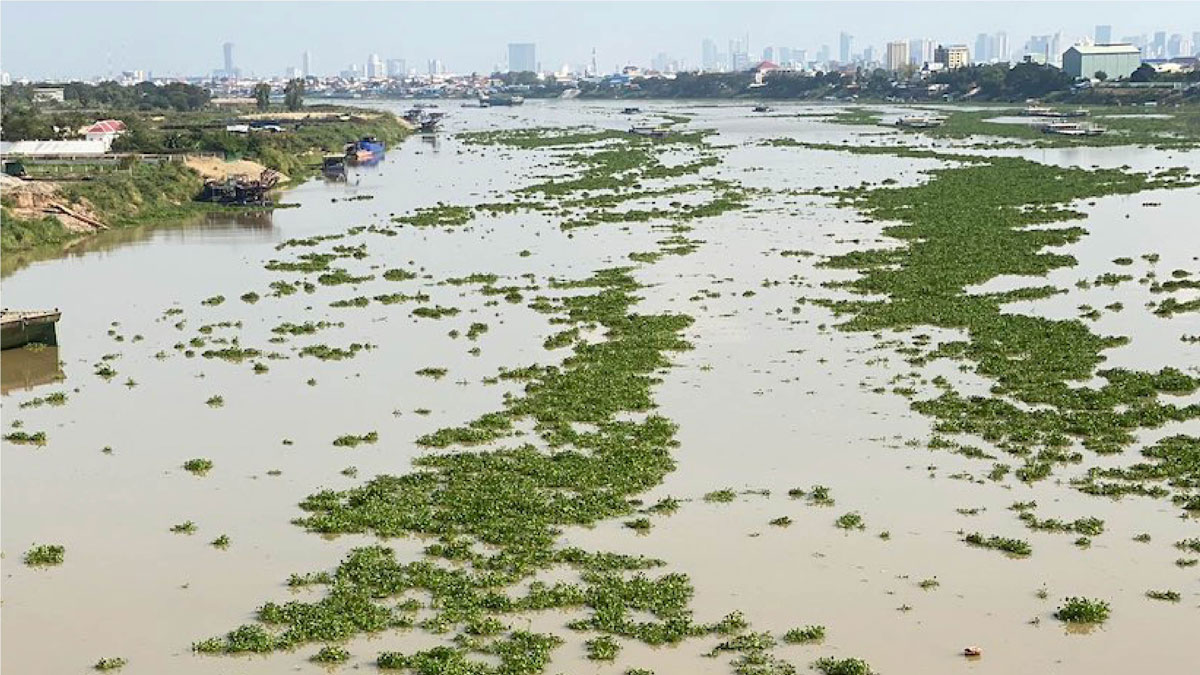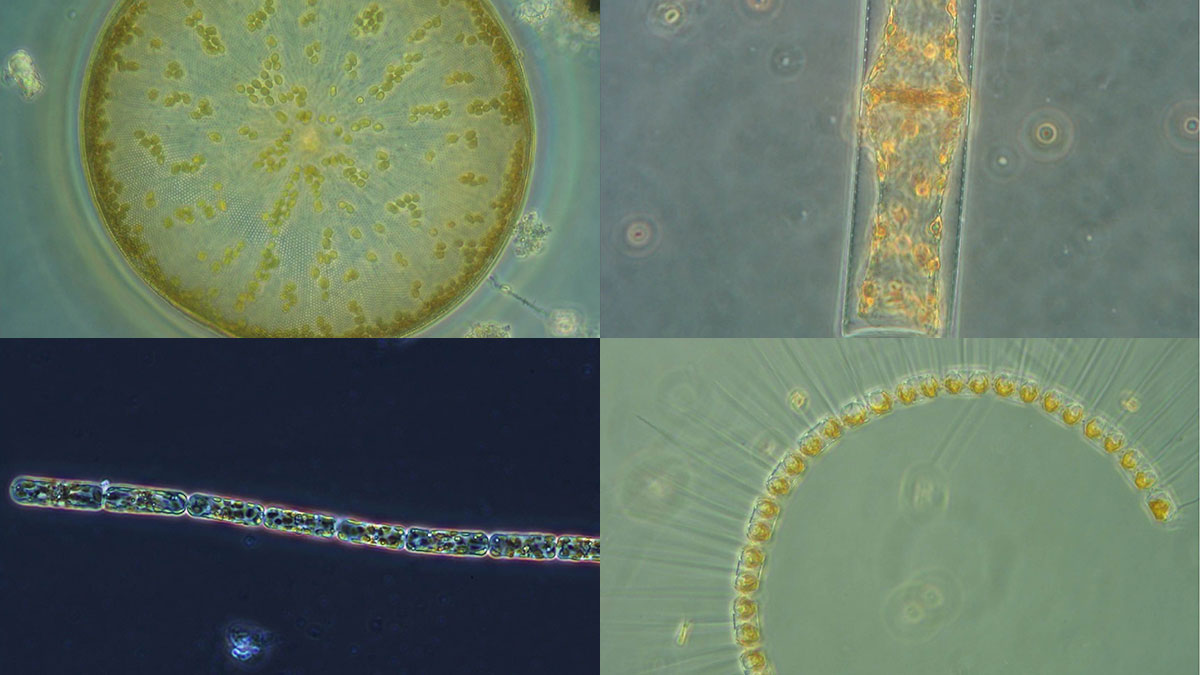A new machine learning approach trained on winter and spring climate conditions offers improved forecasts of summer fire activity across the western United States.
Health & Ecosystems
The Domino Effect of Freshwater Suffocation
As lakes and reservoirs become anoxic, they can promote poor water quality downstream.
How Can Silicone Wristbands Help Firefighters?
Scientists are making strides in monitoring firefighters for pollutant exposure using silicone wristbands, which will become even more important as wildfires encroach on the built environment.
Remote Sensing Tracks Down “Plastic Plants” in Rivers
Researchers are using remote sensing to track floating mats of plastic trapped in water hyacinth plants.
Ocean Acidification May Drive Diatom Decline
Diatoms contribute to global oxygen production, marine food webs, and carbon sequestration, but scientists predict that diatom populations will decline due to ocean acidification associated with climate change.
Despite Improvements, China’s Air Remains Unsafe
Toxic particulate matter has decreased by about a third over the past decade, but levels are still above what’s considered healthy.
Cuantificando los beneficios para la salud de una transición a energías limpias en EE. UU.
Eliminar la contaminación del aire relacionada con la energía en los Estados Unidos podría evitar aproximadamente 50,000 muertes prematuras y ahorrar miles de millones de dólares al año.
Side Benefits of Climate Action May Save Millions of Lives in Africa
Premature deaths due to air pollution would decline across the continent.
Reevaluating Ecosystems on the Basis of Climate Change Vulnerability
Climate change elevates the risk category of ecosystems across the United States, a new study finds.
Algorithm Detects Thousands of Missing Levees from U.S. Database
An existing levee database accounts for just one fifth of the country’s actual total levee count, limiting the study of how these embankments affect riparian ecosystem health in the United States.










